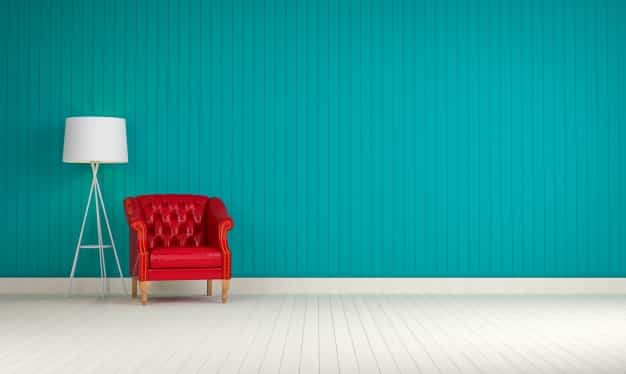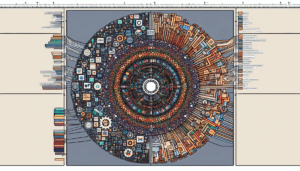The modernization and updating of a classic-style living room can present a significant challenge, especially when trying to preserve the characteristic elegance of these environments. However, through careful planning and a balanced approach, it is feasible to transform an outdated living room into a modern space that maintains its sophistication and style without losing the essence that defines it.
The first step in modernizing a classic living room is to evaluate existing elements that can be harmoniously integrated with new additions. Moldings, fireplaces, and period furniture are components that can serve as cornerstones around which the new design is built. By highlighting and preserving these features, a connection to the past is maintained, providing a canvas on which to develop a new aesthetic.
The color palette is crucial in renovating any space. Neutral and soft tones, such as gray, beige, or off-whites, help create a contemporary atmosphere while enhancing the distinctive architectural details of the living room. To add a vibrant and revitalizing touch, color accents can be incorporated through accessories such as pillows, rugs, or curtains, adding dynamism to the environment without overwhelming it.
Lighting plays a fundamental role in this process. Incorporating modern sources of light, such as elegant pendant lamps or recessed spotlights, not only ensures functionality but also adds an additional decorative component. Dimmable lights offer versatility, allowing brightness to be adjusted according to the occasion and desired ambiance.
Furniture should achieve a balance between the classic and the modern. A contemporary sofa with clean lines can complement a vintage coffee table adequately. It is essential to ensure that new acquisitions integrate harmoniously with the existing ensemble. The choice of materials is equally vital; opting for noble woods, marbles, and natural fabrics maintains elegance, while metals and glass provide a sense of modernity.
Accessories and artwork provide the opportunity to personalize the space according to the owner’s unique vision. The inclusion of modern art or sculptures can add character and become a focal point that captures attention. Mirrors, beyond their aesthetic function, amplify the perception of space and reflect light, giving a sense of spaciousness.
Finally, it is essential to remember that functionality should not be sacrificed for design. A living room should be, above all, a welcoming and usable space, where every element is designed to promote both aesthetics and comfort.
In conclusion, modernizing a classic living room with elegance requires careful consideration of existing and new elements. With a suitable selection of colors, balanced furniture, and well-chosen decorative details, it is possible to transform a traditional space into a modern refuge of timeless elegance.
Source: MiMub in Spanish










